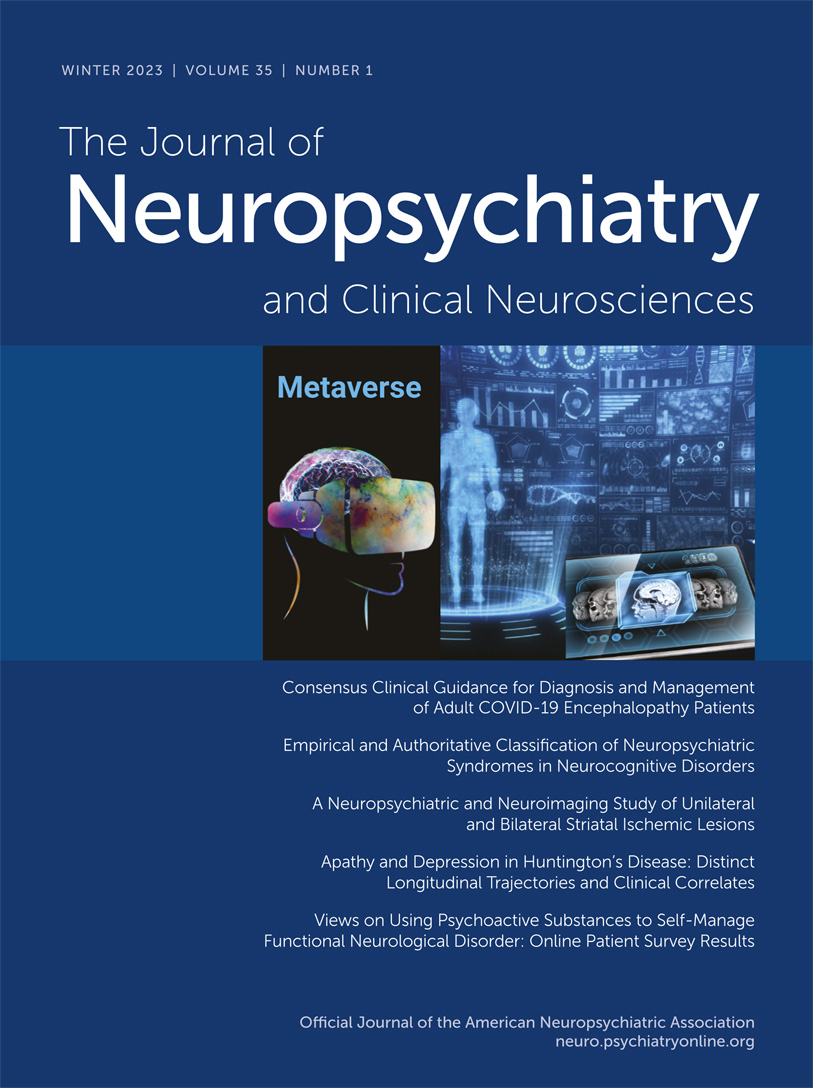Short Physical Performance Battery and Mediation of the Effect of Mild Cognitive Impairment on Falls by Community-Dwelling Older Adults
Abstract
Objective:
The authors examined the association among cognitive function, falling, and physical performance among community-dwelling older adults (ages ≥65 years).
Methods:
Eight waves of the National Health and Aging Trends Study (NHATS; 2011–2018) were assessed, with 1,225 respondents who participated in all waves. The outcomes were self-reported number of falls and NHATS Short Physical Performance Battery (SPPB) score. The Clock Drawing Test measured participants’ executive function, and immediate and delayed word recall tests assessed memory.
Results:
The analyses indicated no direct correlation between executive function and fall risk when controlled for contributing factors. However, executive function and memory significantly predicted the risk for poor physical performance, defined by the NHATS SPPB score. The interaction between pain medication and memory worsened poor physical performance among participants with mild and severe memory impairment, as well as among those with mild to moderate impairment in executive function.
Conclusions:
Screening older adults living in the community for executive function, memory impairment, and physical performance can predict the risk for falls and the subsequent consequences of falling.



